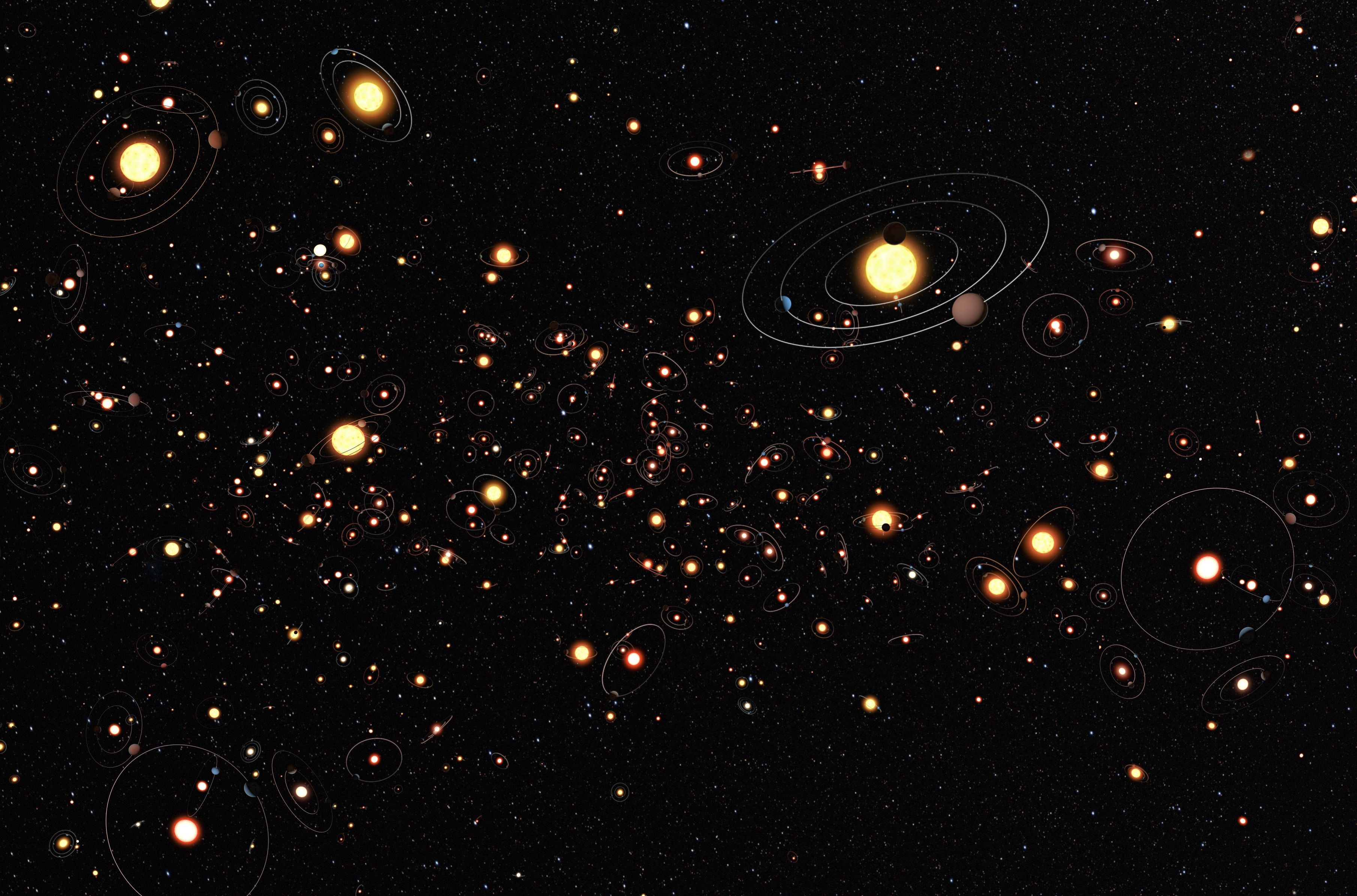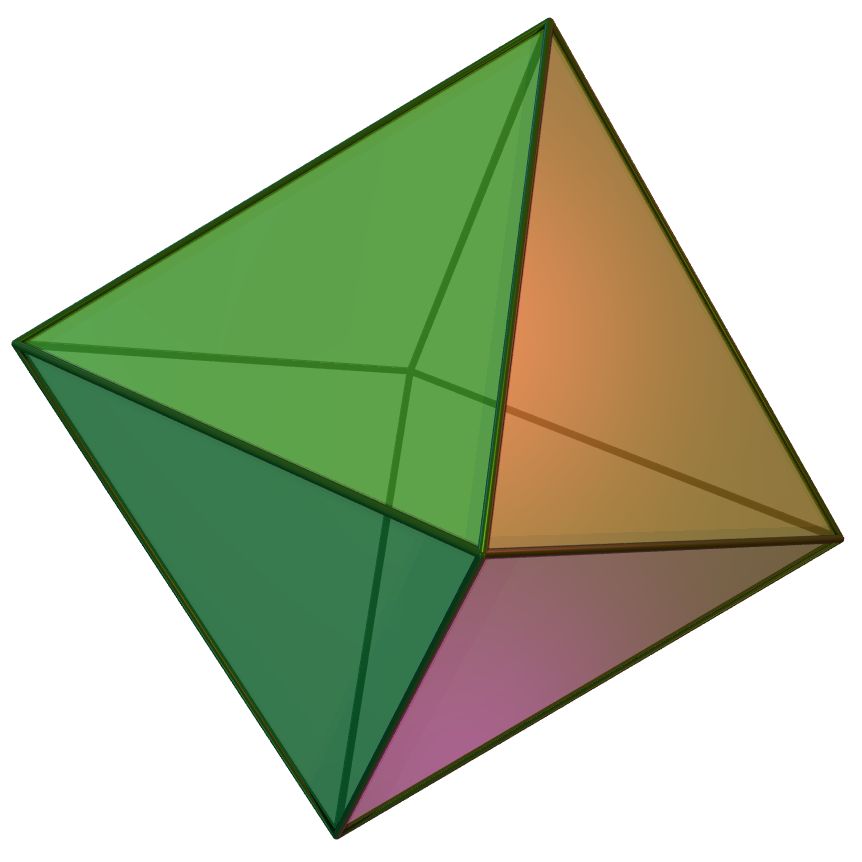

To conclude, our fractal is named Trypopopopopophobia. At every iteration, we add 5 spheres based on the three-dimensional cartesian plan and the radius of each new spheres is half the length of the previous ones. To find the volume of our fractal until an iteration i, we need use this formula : \(\frac{4\pi \cdot R^{3}}{3} + \sum_{n=1}^{i} \frac{24\pi \cdot 5^{n-1} \cdot R^{3}}{3\cdot2^{3n}}\)and we found out the the volume always converges to a certain value based on the radius of the initial sphere : \(\frac{4\pi \cdot R^{3}}{3} + \pi \cdot R^{3} \cdot \frac{8}{3}\). For the surface area, to find it at a specific iteration we use the formula : \(4\pi \cdot R^{2} + \sum_{n=1}^{i} 24\pi \cdot 5^{n-1} \cdot \frac{R^{2}}{2^{2n}}\). Unlike the volume, the surface area converges to infinity regardless of the radius of the initial sphere.
If we were to complete further research, it would be interesting to find the volume of the octahedron that contains our fractals and define a formula for it to find its convergence. We could also change the shape of our fractal by reversing the ratio of radius a each iteration or add spheres between the 3d axis in addition to our fractal. Because we learned that fractals are really common in nature - even more common than euclidian shapes - it would be interesting if there is some similarities with our fractal and our solar system or other multiplanetary system.